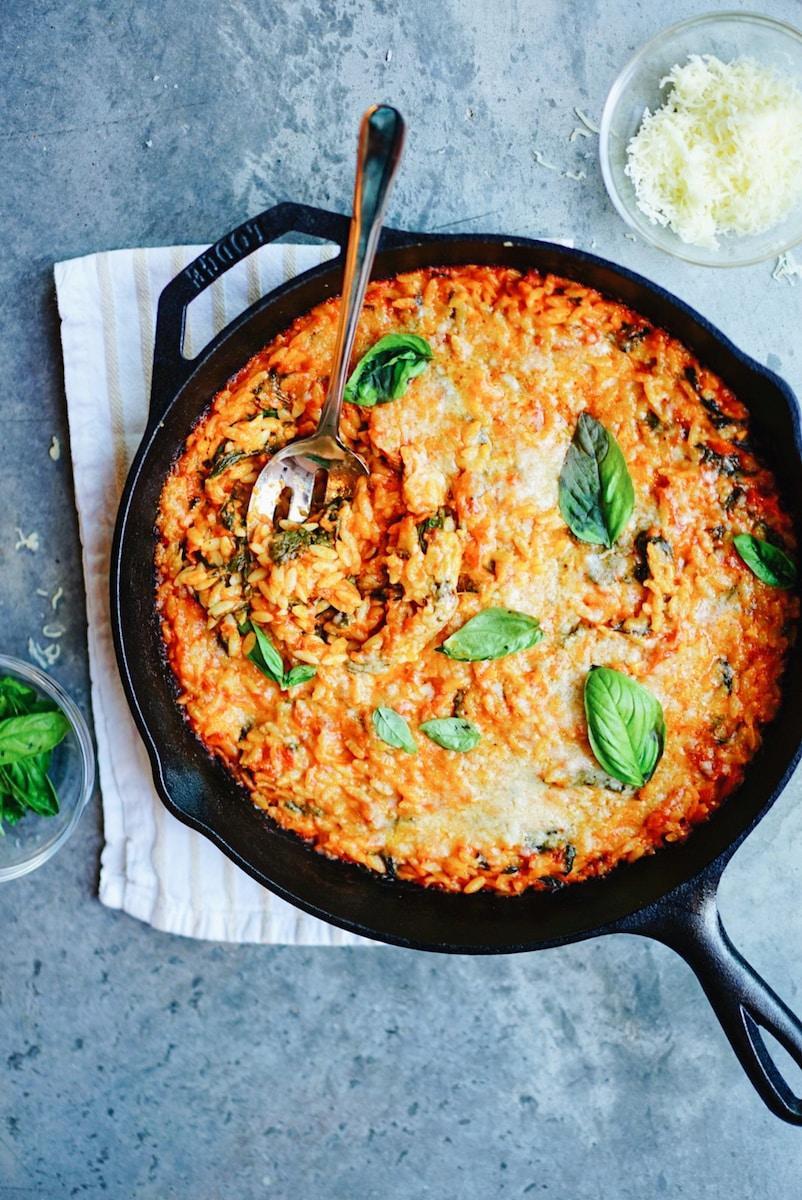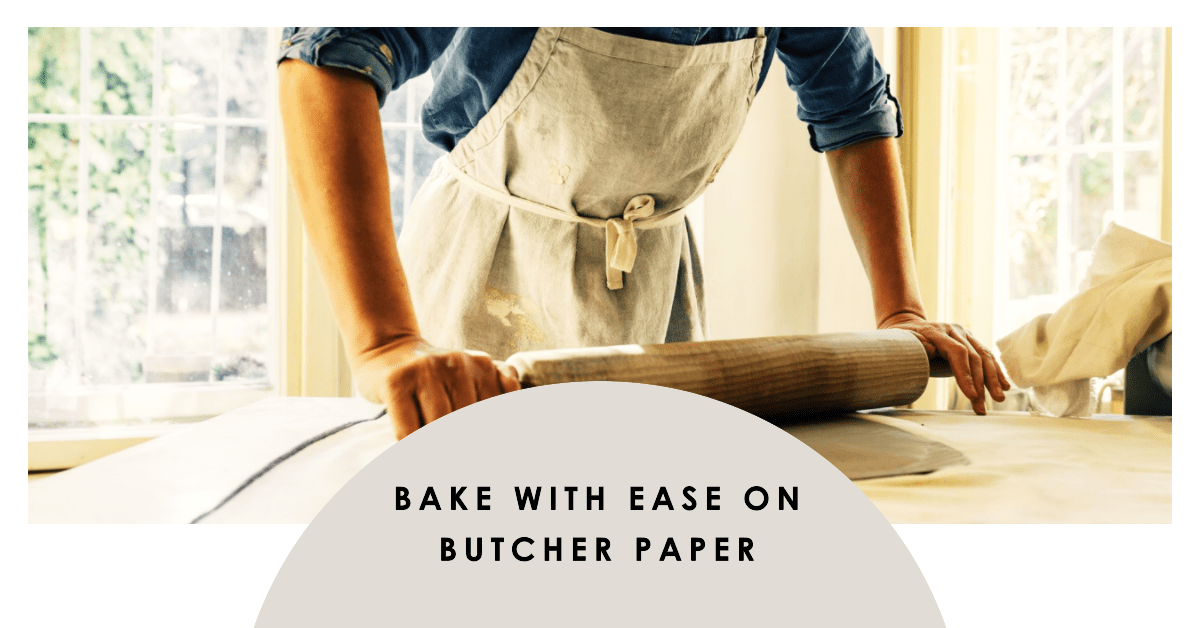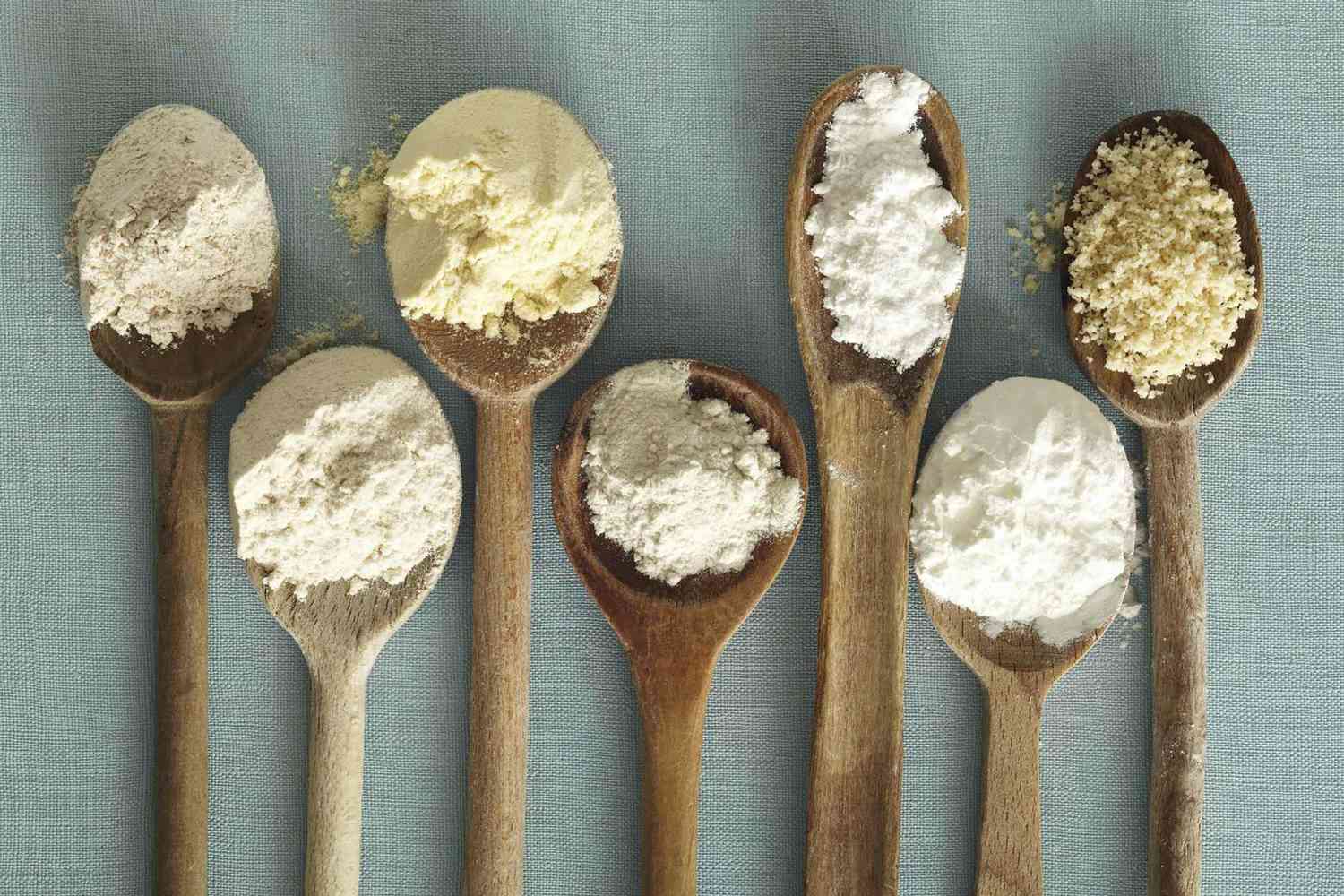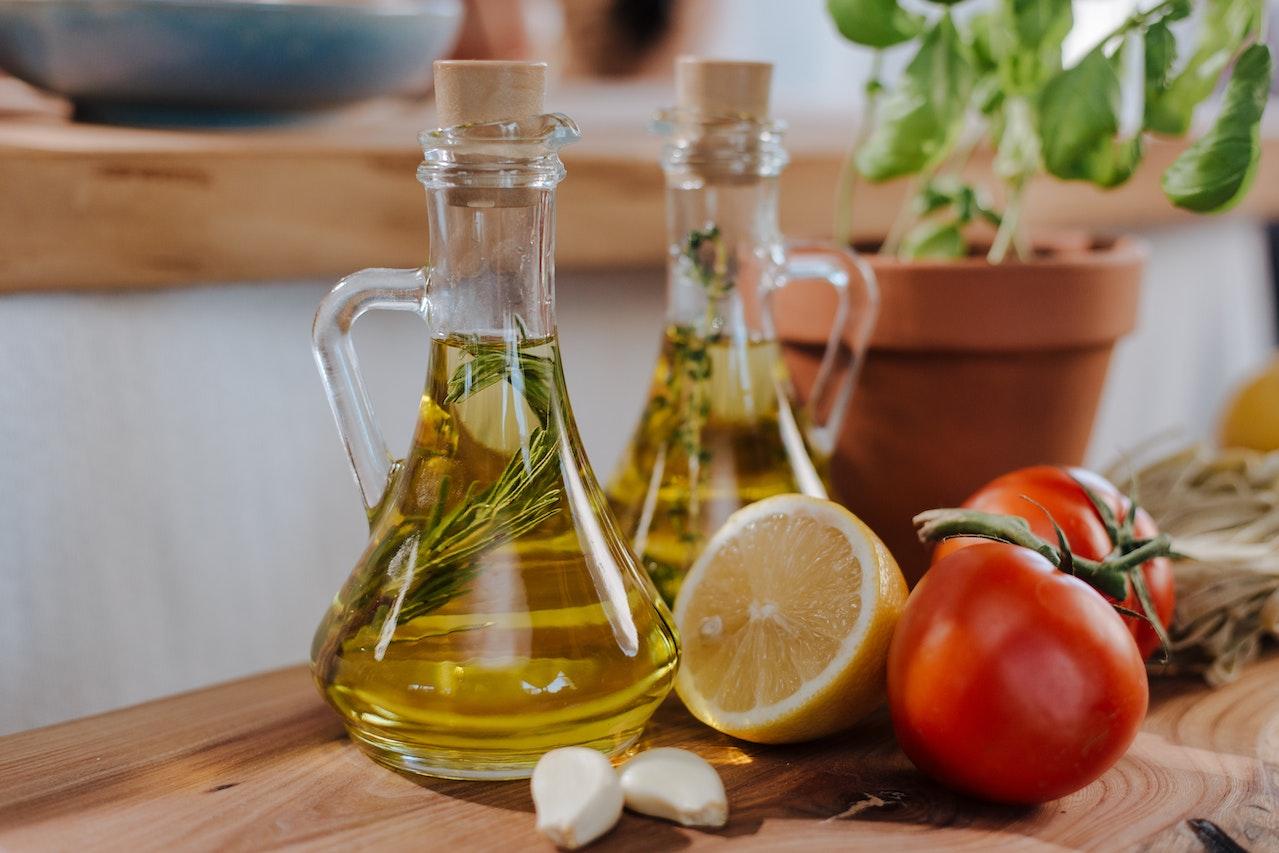Water bath for pickles?
Sounds a tad bit strange, doesn’t it?
Funnily, like us, pickles need water baths as well! Water baths help pickles preserve their flavors for longer and extend their shelf life. But you must be wondering how to water bath pickles.
Contents
Do You have to water bath pickles?
The answer is yes! Water baths are strongly recommended for pickles to keep them safe and avoid rotting. You don’t need any special equipment or tools to water bath pickles. Add the ingredients to a jar and tightly secure the lid. Then place these jars in a water-filled and boil them.
Now you know that water bathing is good for pickles, you must be wondering exactly how to do so. We have put together a stepwise guide in this post to make it less complicated! Continue reading as we take you through the entire process.
Water Bath for Pickles: Everything You Need to Know!
Canning pickles is a simple process; don’t sweat it! While it is easy, it is also essential to know how to do it correctly. To make this less of a hassle, we’ve enlisted 6 steps that will make canning pickles a walk in the park!
Before starting with our stepwise guide to water bathing pickles, let’s look at all the equipment you need to get started!
What Do You Need to Water Bath Pickles?
You need specific tools or equipment to get in place before water bathing pickles. These items are mainly things you’ll find around the house. For those that need to purchase them, don’t worry; none of it is pricey. All these items are pretty budget-friendly.
Please go through our table to check things off!
- McSunley water bath canner
- Imusa stainless steel stockpot
- Mason jars with lids and bands
- Secure-grip jar lifter
- Canning funnel
- Winco stainless steel ladle
- Stainless steel strainer
- Jar Spatula
Please make sure that you’ve washed all these things in a dishwasher. You can also hand wash them with soapy water. This step is crucial as improperly washed equipment can result in spoilage, and we all want to avoid that!
Now that you’ve assembled all your things, we can move on to the stepwise guide!
Stepwise Guide to Water Bathing Pickles
Finally, to the central part of the article: 6 steps to water bathing pickles!
Step #1: Boiling jars
The first step to water bathing pickles is boiling the jars. Assemble the jars and submerge them in a pot filled with water.
You can give the water about 10 minutes to boil. It is essential to ensure the jars are hot enough as you will be adding hot food.
Can you use oven an oven to sterilize the jars? Yes, you certainly can! Place the jars in the oven. Set your oven to 180 degrees F and let the jars sit for 10 minutes.
Step #2: Pack the pickles in jars
Now, it’s time to pack the pickles! Remove the jars from the pot and start drying them. Once they’ve dried, you can add the pickle to the jar. It is vital to ensure that the jars are still hot enough while you’re filling them.
Using a funnel and a ladle can make filling the jar easier. Are you wondering whether you have to pack the jars to the brim? We recommend keeping a quarter of an inch free on top. Please ensure you’ve removed all the air bubbles before placing the lid.
Please remember to use a wet cloth to wipe down the jar. Clean out any residual food as and place the lid back on. Carefully tighten the band and adequately secure it.
Step #3: Place the jars on a canner
Use a jar lifter and place the sealed jars on the canner’s rack. Please ensure that the jars are not in contact with one another. Covering the jars in an inch or two of hot water is best.
You can turn the heat on and boil the water in the canner. The amount of time required for this step varies from recipe to recipe. But it takes about 10 minutes long on average.
Step #4: Take the lid off
After you’ve turned the heat down, take off the canner lid. Please wait for the steam to vanish and allow the jars to rest for about 5 to 10 minutes.
Next, arrange the jars on a rack or use a towel to dry them off. Are you looking for some recommendations for cooling rack? Please continue reading to find out our top picks!
- Checkered chef cooling rack– Safe for oven-use
- Hiware cooling racks– Highly durable, rust-resistant
Step #5: Cool them down!
It is essential to give your jars enough time to cool down. 12-24 hours is sufficient to allow the jars fully cool down. We recommend not tightening the bands again. This may interfere with the sealing process.
Step #6: Storing the jars
Once you’ve allowed the jars to cool, take the bands off. Then, press on the lid of the jar slightly.
Unfortunately, if the lid comes off, it means the sealing didn’t go as planned. On the other hand, if the lid is intact, you’ve successfully pulled it off! After you’ve checked whether it is properly sealed, you can pop the jars in the fridge. They can last in storage for up to a year!
Water Bath for Pickles: Why Do It?
We’ve seen exactly how to water bath pickles, but are you wondering why you should even do it?
Pickles, like other foods, are prone to spoilage. Water baths extend the shelf life of pickles. While water bathing pickles is not a rule, it is always better to do it than not to.
Acidic foods such as cherries, tomatoes, pickled veggies, citrus fruits, and sauerkraut must be water bathed before canning.
Preserving these foods appropriately is essential to make quality jellies, jams, and pickles.
The acidity of these foods is well-preserved when they are water bathed. Please ensure that you use low pressure for this process.
Other foods with low acidity, such as meat, beans, grain, and some veggies, shouldn’t be water bathed.
The reason for this is that you will require a higher temperature. This increases the internal temperature of the jar.
This is not enough to kill harmful bacteria or microorganisms. So, please ensure that you use pressure canning techniques to preserve them.
Another way is to vacuum seal food that have low acidic content simply. You can directly pop them in the refrigerator.
To make finding a quality vacuum sealer simpler for you, we’ve mentioned our top picks!
It is easy to overlook water bathing pickles because why go through the extra effort, right? Water bathing pickles is a straightforward process, especially for your results!
Is there a way to preserve pickles without water bathing? Yes, there is! Water baths aren’t the only way; there are more ways you can preserve pickles.
Click on the video below to find out how to do it!
Frequently Asked Questions (FAQs)
Is it okay to seal pickles in a jar without water bathing them?
Yes, it is not vital to water bath pickles before sealing them in a jar. It is vital to ensure that the jar and lid are thoroughly cleaned. Doing this will keep them safer and extend their shelf life. You can store pickles for significant periods.
Will pickles overcook if I boil them too much?
Boiling pickles for too long does not overcook them. The temperature doesn’t go too high while boiling pickles. So you don’t need to worry about them being overcooked. If anything, this actually may benefit you as it could kill harmful microorganisms.
How long do pickles last without a water bath?
It is not compulsory to water bath pickles. While it is something you can overlook, it will significantly shorten your pickles’ shelf life. Pickles last for about 3 months in the refrigerator. Water bathing pickles can extend their shelf life and last for about a year!
Wrapping Up
We’ve reached the end of the post! We hope you’ve now understood how water bathing pickles is greatly beneficial.
A water bath for pickles involves quite a bit of boiling. Please ensure to follow extra precautions to avoid potential burns. Other than this, water bathing pickles are extremely simple. As we’ve seen above, all it takes is 6 steps!
So, what are you waiting for?
Thanks for reading. Stay tuned for more posts!
![Do You Have to Water Bath Pickles? [Stepwise Guide!]](https://kitchenbarrels.com/wp-content/uploads/2023/01/Do-You-Water-Bath-Pickles.jpg)


![Pudding Gets Watery in Fridge [5 reasons & Fixes]](https://kitchenbarrels.com/wp-content/uploads/2023/01/pudding-gets-watery-in-fridge.jpg)




![Electric Smoker Won't Go Above 200? [Reasons & Fixes]](https://kitchenbarrels.com/wp-content/uploads/2022/08/Electric-Smoker-wont-go-above-200.jpg)
![Are Brisket Burgers Good? [Answered]](https://kitchenbarrels.com/wp-content/uploads/2023/01/Are-Brisket-Burgers-Good-Answered.jpg)
